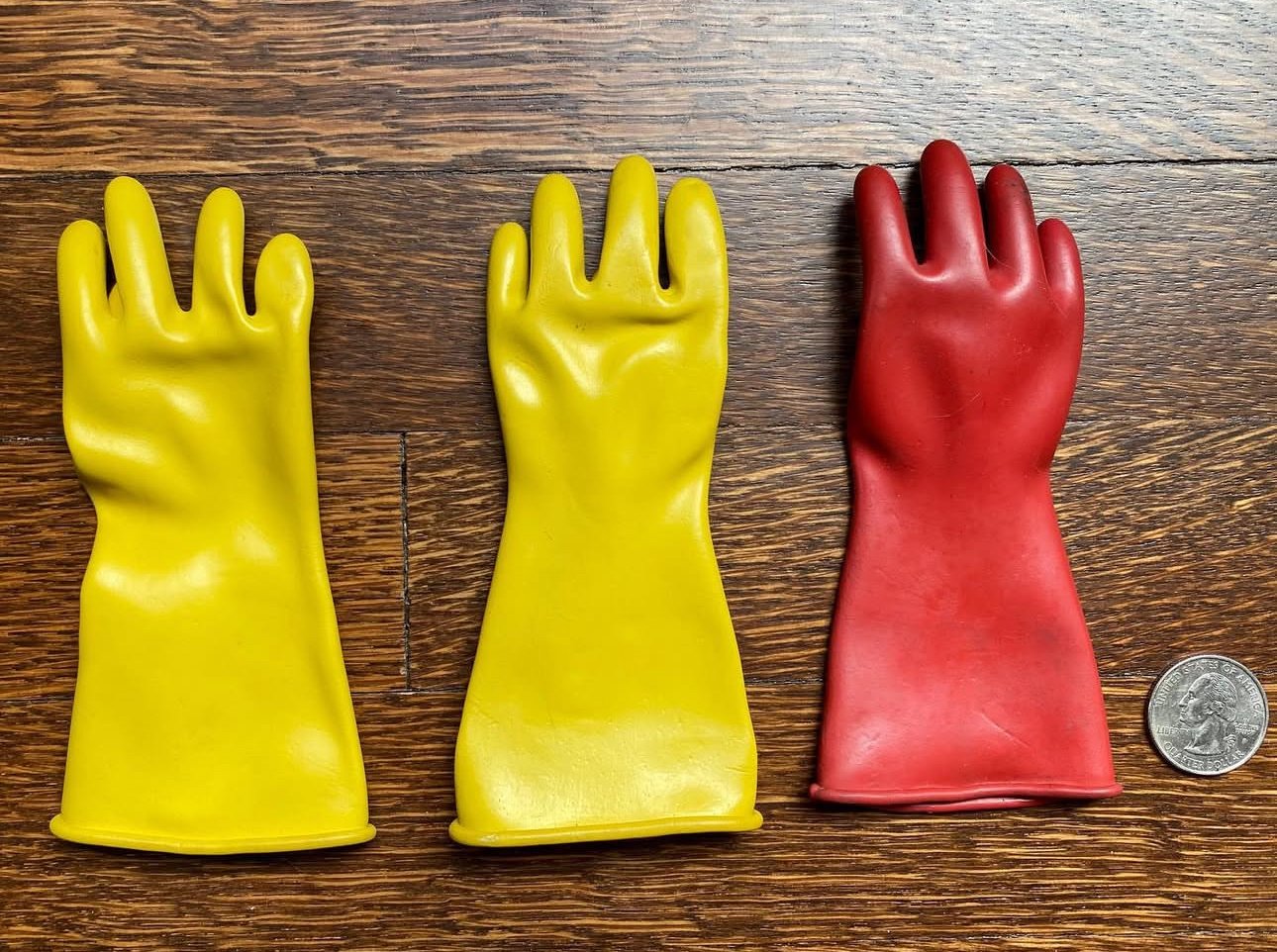United States Rubber Company
THE RUBBER TOWN
The first factory to produce vulcanized rubber products began production in Naugatuck in 1843. This was the Samuel J. Lewis Company, which made rubber overshoes. Uniroyal "possesses an unsigned, undated, handwritten copy of a partnership agreement between the four Lewis brothers, Milo, Thomas, Samuel J., and William B. of Naugatuck. This document has been described as the "oldest relic in existence having to do with beginnings of the rubber industry." (History of the U.S. Rubber Co. by Babcock, 1966)
Reference - Naugatuck Historical Society News, February 6, 1996
FIRST FIRE EQUIPMENT
“During the decade of the eighties other changes marked a new awareness that the home of the rubber shoe and rubber glove and clothing industry of the United States could not indefinitely continue to make shift with country town services. Fire hazards, looked upon as unavoidable in midcentury, loomed larger and larger as investment in expensive mill buildings and machinery went on. A ‘bucket brigade,’ formed of men who, on the sound of the church or factory bell, hurried to the scene, was rarely able to save a building or salvage more that odds and ends of furnishings. In 1883, The Goodyear’s India Rubber Glove Manufacturing Company took matters into its own hands and purchased some fire fighting equipment, to the use of which individual subscribers were also entitled. The town dedicated $100 a year to this fund in order to have available that much protection to the new Town Hall and the center bridge.” Green’s History of Naugatuck, pg. 114
Reference - Naugatuck Historical Society News, March–April 1997
RUBBER GLOVES IN SURGERY
In the early 1890s the head surgeon at Johns Hopkins was the famous Dr. W. S. Halsted, and the head nurse in the operating rooms was Miss Caroline Hampton. Dr. Halsted, a bachelor, was in love with Miss Hampton. About this time Miss Hampton’s hands, which had suffered greatly from immersion in the antiseptic fluids, carbolic acid, and bichloride of mercury, had reached the point where she could no longer carry on. Dr. Halsted’s concern for Miss Hampton was two-fold, an interest in her personal well-being, and in having her assistance in carrying out the operating room technique. After trying out various experiments to no avail, he finally hit upon the idea of having made for her thin rubber gloves, which would afford the desired protection to the skin of her hands. Dr. Halsted went to a manufacturer of rubber gloves, stated his problem, and asked to have a pair of thin rubber gloves with gauntlets made for Miss Hampton. This was done and soon Miss Hampton was wearing rubber gloves in the operating room. This experiment, however, demonstrated the practicability of the use of rubber gloves in a surgical operation. The doctor married the girl and the rubber manufacturer who perfected the gloves was our own Goodyear’s India Rubber Glove Company.
(Excerpted from publication in the Uniroyal Chemical Corporate Library)
Reference - Naugatuck Historical Society News, August 1997
Community Contribution
I grew up in the capital of the Rubber Industry – Naugatuck, CT. It's where Charles Goodyear went into business with his father, and later started experimenting with gum elastic (natural rubber), eventually discovering the process of vulcanization. Charles Goodyear then worked at his brother's rubber company, the Goodyear Metallic Rubber Shoe Company and by 1892, there were a number of rubber manufacturing companies in Naugatuck. Nine of them consolidated their operations in Naugatuck to become the United States Rubber Company. One of the nine, Goodyear's India Rubber Glove Mfg. Co. – which manufactured rubber gloves for telegraph linemen – was partly owned by Charles Goodyear.
On May 26, 1896, Charles Dow created the Dow Industrial average of twelve industrial manufacturing stocks, and the U.S. Rubber Company became one of those first 12 historic companies.
They launched Keds, the first flexible rubber-sole with canvas-top shoe in 1917. Because they allowed people to walk so quietly, the term "sneakers" became one of the most iconic nicknames in our culture.
In 1961, the now globally massive business consolidated all its brand names into the famous Uniroyal, Inc. and they introduced the equally famous "Tiger Paw" tires. Tiger Paws were included as original equipment for popular muscle cars such as the Pontiac GTO, which itself was promoted as The Tiger during its early years.
Naugatuck is where Uniroyal invented a famous synthetic leather product that took the world by storm. They named it appropriately: "Naugahyde."
Their highly successful marketing campaign in the 1960s asserted humorously that Naugahyde was obtained from the skin of an animal called a "Nauga." The claim became an urban myth. The campaign emphasized that, unlike other animals, which must typically be slaughtered to obtain their hides, Naugas can shed their skin without harm to themselves. The Nauga doll, a squat, horned monster with a wide toothy grin, became popular in the 1960s and is still sold today. Some of you may still have yours.
I vividly remember the smell of rubber thick in the air, and the many trips to the factory store, where my Mom got a healthy employee discount on all our boots and "sneakers."
Filmed in Naugatuck - This video is embedded with credit to US Auto Industry on YouTube. It provides additional context related to the United States Rubber Company.


